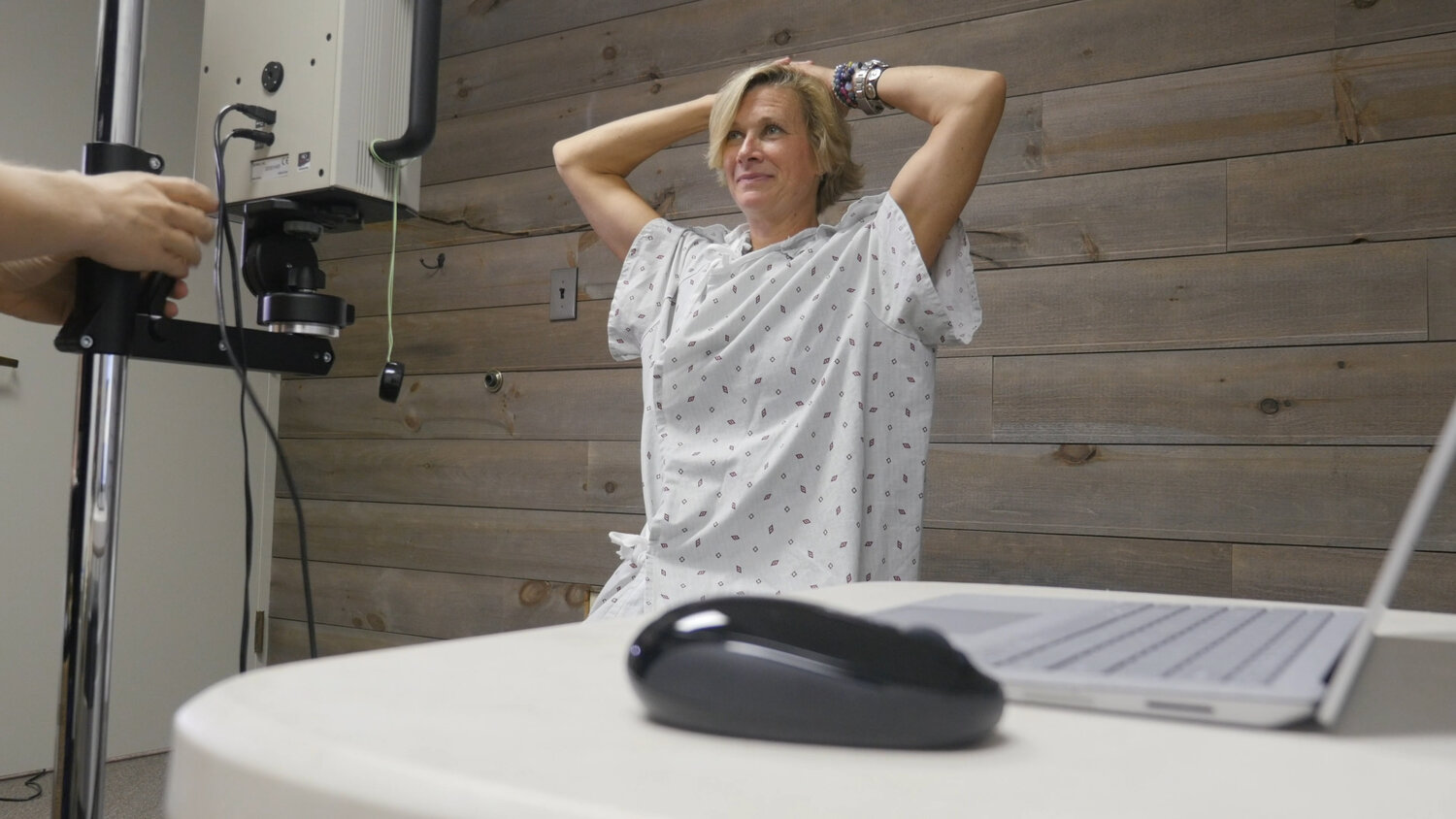7 Key Facts About Breast Thermography Every Woman Should Know

Breast thermography is a non-invasive imaging technique that has garnered significant attention as a potential tool for early detection of breast abnormalities. Despite being less known than traditional methods like mammography, it offers unique advantages. Below, we delve into seven key facts about breast thermography that every woman should be aware of.
1. What is Breast Thermography?
Breast thermography, also known as digital infrared thermal imaging (DITI), is a technique that uses infrared cameras to detect heat patterns and blood flow in the breast tissue. These images can reveal abnormal thermal activity which may indicate the presence of tumors or other breast health issues. Unlike mammography, which relies on X-rays, thermography is a radiation-free method, making it safer for repeated use.
2. How Does Breast Thermography Work?
Thermography works by detecting the infrared radiation emitted by the body. Because cancerous tissues often have an increased blood supply and higher metabolic rates, they emit more heat compared to normal tissues. The infrared camera captures these variations in temperature and produces a digital map of the breast. Thermographic images, or thermograms, show patterns that can highlight areas of concern long before a lump becomes palpable or visible on a mammogram.
3. The Benefits of Breast Thermography
Non-Invasive and Painless
One of the main advantages of breast thermography is that it is a non-invasive and pain-free procedure. There is no need for compression of the breasts, which is often a cause of discomfort during mammograms. This makes it an appealing option for women who experience pain or anxiety with traditional breast screening methods.
No Radiation Exposure
Breast thermography does not use ionizing radiation, making it a safer alternative for women who need frequent monitoring. Radiation exposure is a concern with repeated mammograms, especially for women with higher risk factors or dense breast tissue that requires more frequent screenings.
Early Detection
Thermography can potentially detect physiological changes related to breast abnormalities before they develop into a detectable lump. This early detection capability can lead to more timely interventions and better outcomes for patients.
4. Limitations and Considerations
Not a Replacement for Mammography
It is important to note that while breast thermography can be a valuable tool, it should not replace mammography or other standard diagnostic procedures. Thermography is most effective when used in conjunction with other screening methods to provide a more comprehensive evaluation of breast health.
Interpretation of Results
Thermographic results can sometimes be challenging to interpret and require a trained professional to accurately analyze the thermal patterns. False positives and negatives can occur, necessitating further testing to confirm any findings.
5. Who Should Consider Breast Thermography?
High-Risk Women
Women with a family history of breast cancer or other high-risk factors may benefit from incorporating thermography into their regular screening regimen. It provides an additional layer of monitoring that can be especially useful for those who are under more frequent observation.
Women with Dense Breast Tissue
Dense breast tissue can make it harder to detect abnormalities using mammograms alone. Thermography can offer an alternative way to monitor these women by highlighting physiological changes that might not be visible on a mammogram.
6. The Process of Getting a Thermogram
Preparation for the Test
Before undergoing a thermogram, there are several preparation steps to ensure accurate results. Patients are typically advised to avoid certain activities that can affect body temperature, such as exercising, using deodorants, or consuming hot drinks before the test. The test itself is conducted in a controlled environment to maintain consistent conditions for temperature measurement.
During the Test
During the procedure, the patient stands in front of an infrared camera, and several images are taken from different angles. The process is quick, usually lasting about 15 minutes, and does not involve any physical contact or discomfort.
After the Test
After the images are taken, they are analyzed by a qualified professional who looks for patterns and anomalies. Results are usually available within a few days, and any significant findings will be discussed with the patient along with recommendations for further action if necessary.
7. Breast Thermography in the Context of Holistic Health
Breast thermography aligns well with a holistic approach to health. It emphasizes early detection and preventive care, encouraging women to be proactive about their breast health. Thermography can be part of a broader strategy that includes regular self-exams, a healthy lifestyle, and other preventive measures to reduce the risk of breast cancer.
Integrative Health Practices
For those who incorporate integrative health practices, thermography offers a complementary method that fits well with other natural and preventive health measures. It supports a proactive stance on health by providing valuable information without the need for invasive procedures.
Patient Empowerment
By offering an alternative and supplementary option for breast health monitoring, thermography empowers women to take charge of their health. It provides more information and options, enabling better-informed decisions about their care and screening strategies.
Conclusion
Breast thermography is a powerful tool in the realm of breast health, offering unique benefits such as being non-invasive, radiation-free, and capable of early detection of abnormalities. While it is not a replacement for mammography, it serves as an excellent complementary method, especially for high-risk women and those with dense breast tissue. By understanding these key facts about breast thermography, women can make more informed decisions and take a proactive approach to their breast health.





